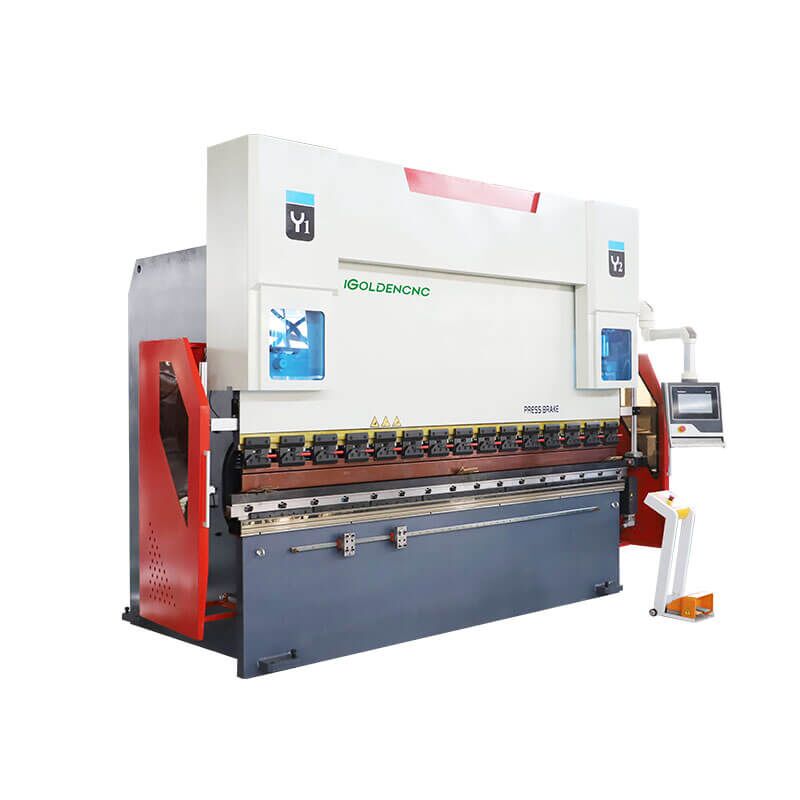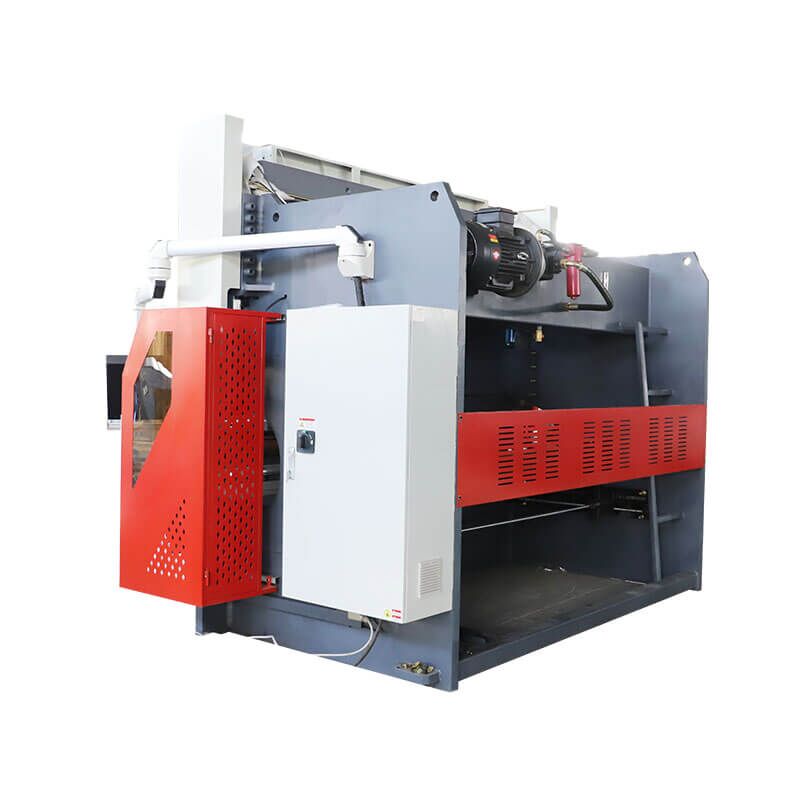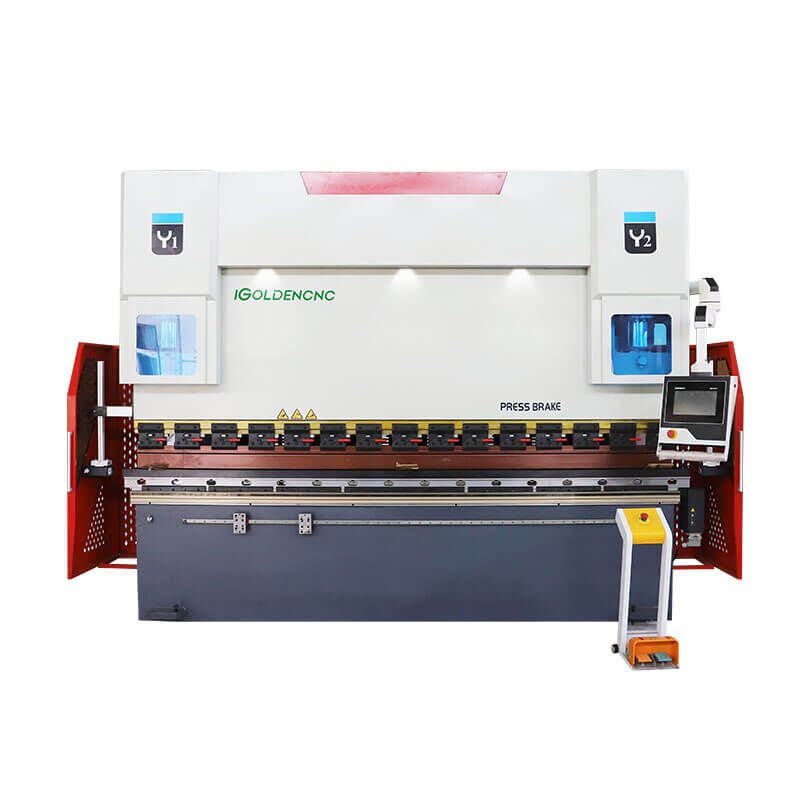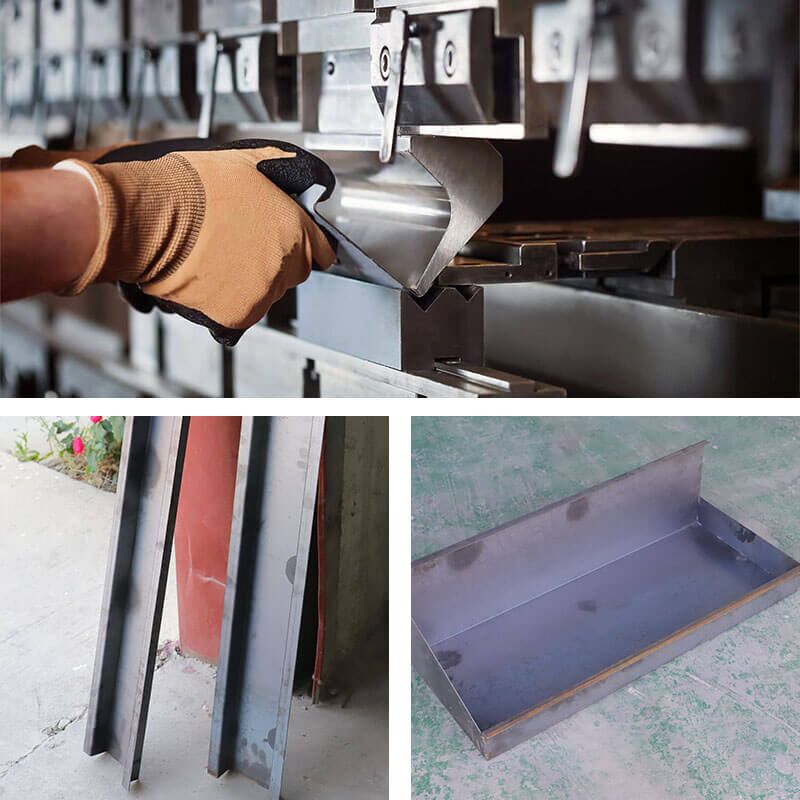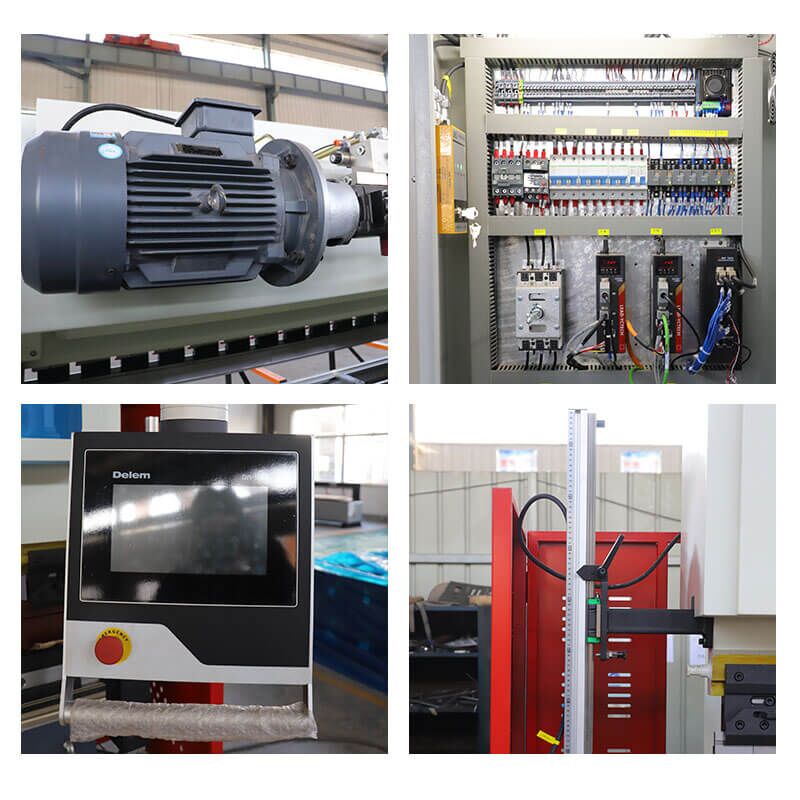No products in the cart.
CNC Metal Bending Machine
A CNC metal bending machine is a specialized tool used in metal fabrication to bend sheets of metal with precision using computer numerical control.
The process begins with the operator designing the bending sequence using CNC software. The design is then converted into machine-readable code, which the CNC system uses to control the machine’s movements. The metal workpiece is clamped in place, and the machine applies force to bend the material at the programmed angles. The CNC system ensures that each bend is consistent and accurate, even for complex shapes.
The products are widely used in cabinet processing, decoration, electrical lift surface wrapping, aviation, light industry, metallurgy, chemical industry, construction, shipping, automobile, electric power, electrical appliances, decoration, and other industries to provide the special machinery and complete equipment needed, and other steel metal or stainless board processing industry.
